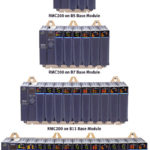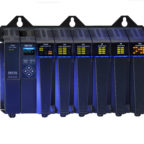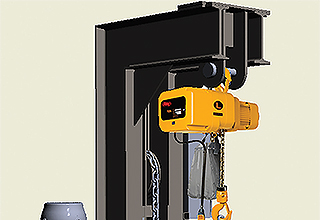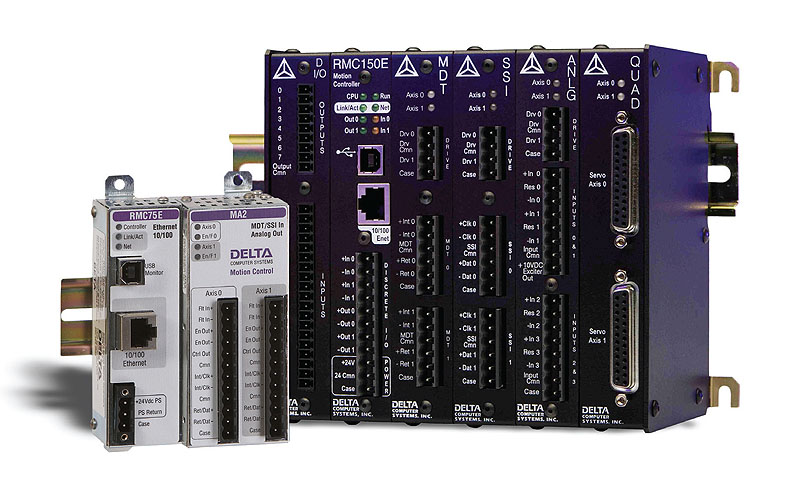Motion controllers are used extensively on industrial machinery, but specific controllers exist that are dedicated for use on electrohydraulic machinery. They provide closed-loop control of electrohydraulic and pneumatic applications from single to multi-axis systems. Common applications can be found in materials, aerospace, forestry, energy, metals, entertainment, and more.
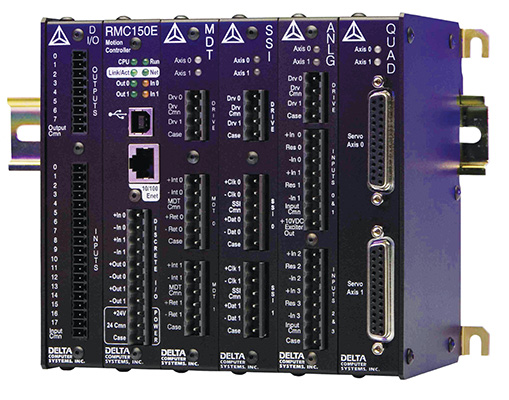
Like all motion controllers, these computational devices reduce system error by taking an input command, comparing it to a feedback signal and helping to bring the position or output in line with the input or required position. They ensure precise pressure and force control while smoothly transitioning from position to force control.
This precise and repeatable motion improves productivity by reducing mistakes in manufacturing. Additionally, the multi-axis design of most controllers helps to reduce system design costs by allowing for synchronization, tight control of gearing through system changes, and camming of the gear ratio so the relationship between slave and master axis is expressed as a nonlinear equation.
Most motion controllers work in concert with position and pressure transducers and sensors, which send signals from data logging devices to the controllers. They can accept analog voltage or current signals. Additionally, they receive positional signals from encoders and may also output PWM (pulse width modulation) signals. In hydraulic designs, using a motion controller that provides analog control signals to drive proportional valves is best.
In a hydraulic system, these controllers ensure synchronous motion by controlling a servo or proportional valve. The controller then needs to work with the feedback devices, like encoders or pressure or position transducers, to create command trajectories for the motors to follow. The controller uses this data to create a motion profile to tell the motor where the load should be positioned and when and how fast it must move and when to stop.
Finally, easy programming of most motion controllers allows users to simply use built-in commands for complex motion profiles. Using advanced controllers and software allows easy graphical programming of control profiles.

